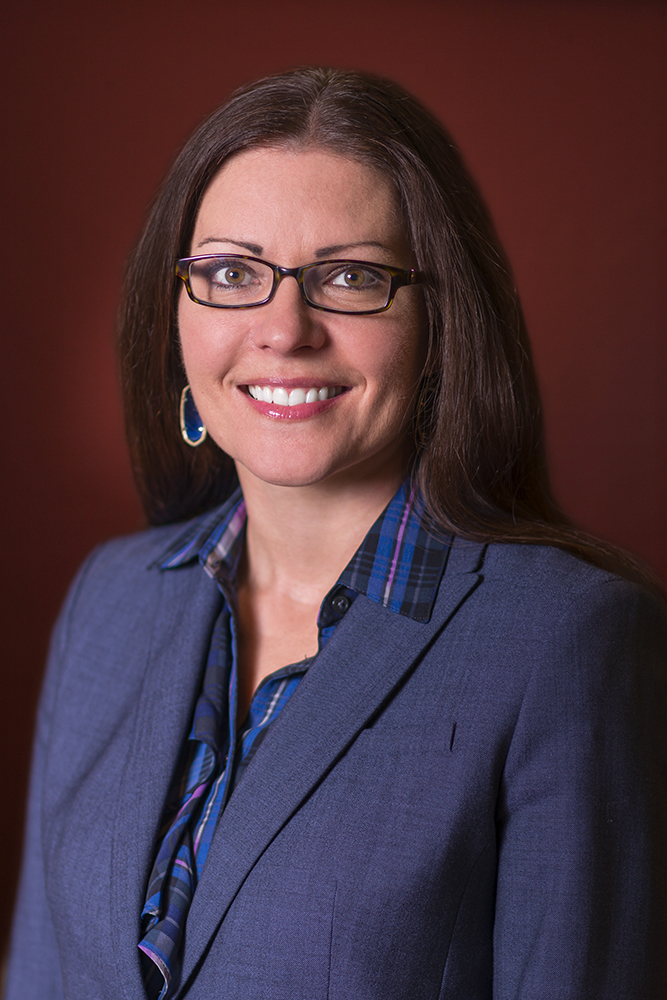 “Degenerative disc disease is a term that essentially refers to pain affecting discs in the spine that have aged,” said Dr. Jessica Shellock, a spine surgeon on the medical staff at Texas Health Center for Diagnostics and Surgery. “Discs begin to break down over time as we age, but not everyone feels pain. It becomes a problem when they become painful.”
“Degenerative disc disease is a term that essentially refers to pain affecting discs in the spine that have aged,” said Dr. Jessica Shellock, a spine surgeon on the medical staff at Texas Health Center for Diagnostics and Surgery. “Discs begin to break down over time as we age, but not everyone feels pain. It becomes a problem when they become painful.”
Degenerative disc disease is one of the most common causes of neck and/or back pain. While it’s not life-threatening, it can severely diminish quality of life. The good news is that the pain often eventually subsides spontaneously; most patients will improve with no treatment or following conservative treatment measures such as over-the-counter pain relievers or activity modification. However, if the pain is persistent and severe, your doctor may advise surgical interventions such as artificial disc replacement or spinal fusion.
Here’s a rundown on the basics of degenerative disc disease.
Symptoms of Degenerative Disc Disease
Discs are shaped a big like jelly donuts – round with a soft, gel-like center – and serve as cushions between the vertebrae, or bones, of the spine. Healthy discs allow the back to bend, twist and stay flexible. As we age, however, the discs begin to dry out, flatten and crack. In addition, the stress of minor injuries over the years can cause tiny tears in the outer wall.
“There are nerve endings in the outer part of the disc, so those cracks and tears can become painful,” said Dr. Shellock.
Degenerative disc disease can occur in the neck (cervical spine), mid back (thoracic spine) and low back (lumbar spine). Common signs of degenerative disc disease include pain in the neck, lower back, buttock or upper thighs. The pain may last a few days or a few months, may be nagging or severe, and may come and go. Most patients experience the pain as a dull ache, but sometimes the pain is sharp, stabbing or burning. In some cases, degenerative disc disease can also trigger numbness and tingling in the arms and legs, or weakness affecting the leg muscles if there is a corresponding disc herniation and nerve impingement.
Many patients with degenerative disc disease report that their pain worsens, or subsides, depending on how they move.
“Often patients will complain that activities like bending forward, sitting a long time or even just standing on their feet a long time triggers a worsening of their pain,” said Dr. Shellock. “These are activities that are loading the disc biomechanically and that’s where the pain is coming from.”
Diagnosing and Treating Degenerative Disc Disease
To diagnose degenerative disc disease, your doctor will perform a physical exam, take a medical history and ask you to describe your symptoms: when the pain started, where it hurts, whether the pain affects other parts of the body, whether you’ve had injuries in the past, and whether you have a family history of back problems. Your doctor may also ask you to walk or bend to see which movements cause pain. X-ray or MRI studies of your back may also be prescribed.
Treatment for degenerative disc disease aims to ease pain and stop more damage from occurring. The best plan for you will depend on your symptoms and how serious your condition is.
“Options to treat degenerative disc disease usually are conservative,” said Dr. Shellock. “They may include anti-inflammatory drugs or muscle relaxants, activity modification, or even physical therapy in combination with chiropractic treatment.”
Physical therapy involves specific exercises to help strengthen your spine and abdominal muscles. In some cases, if pain persists, a steroid injection into the space around the nerve may provide pain relief by reducing inflammation. Lifestyle changes can also help, including smoking cessation, weight reduction and core strengthening with the guidance of a physical therapist.
Surgical Options for Degenerative Disc Disease
If the pain has been severe for a prolonged period (more than six months) and the patient has tried non-surgical treatments such as medication or physical therapy, without relief, then surgical options may be considered.
“If a patient has a single level degenerative disc that is symptomatic and has failed to respond to conservative treatment, the options would be a spinal fusion or an artificial disc replacement” said Dr. Shellock.
Fusion surgery involves removing a painful disc and uniting (fusing) the vertebrae above and below the disc into one solid piece of bone. Fusion surgery does involve some risk but can provide substantial benefit.
There are many surgical approaches and methods available to fuse the spine. All involve placement of a bone graft between the vertebrae. In some cases, the surgeon may use supplemental hardware such as plates, screws and cages, which acts an internal splint to hold the vertebrae together to while the bone grafts heal.
Total time for recovery can vary anywhere from approximately four to six weeks for a single level fusion in a young, healthy patient with a sedentary job, to as long as four to six months for more extensive surgery in an older patient with a more physically demanding occupation.
Artificial disc replacement is another surgical option for treating degenerative disc disease.
“In this procedure, a device is implanted into the spine to perform the functions of a normal disc,” said Dr. Shellock.
Artificial discs are usually made of metal or plastic-like (biopolymer) materials, or a combination of the two. Surgeons have used these materials in the body for many years. Disc replacements have been performed in Europe since the late 1980s.
Artificial disc replacement offers some advantage over fusion surgery. Most patients recover more quickly with disc replacement, and unlike fusion surgery, which restricts motion for the affected area of the spine, artificial discs allow motion after surgery that is closer to normal. This decreases the likelihood that surrounding discs will wear out faster, which decreases the likelihood that you would need another surgery in the future.
“A number of factors go into the decision of when to perform surgery and what type of surgery,” said Dr. Shellock. “A patient should discuss their options thoroughly with their physician to decide which procedure is best.”
If you’ve been diagnosed with degenerative disc disease, don’t panic. In many cases, symptoms clear up spontaneously. If not, non-surgical treatments will be tried first; if those fail, surgery may be recommended. Many patients have obtained relief and good results with surgery. Together, you and your doctor can determine the best course of action.
Texas Health Center for Diagnostics & Surgery is a surgical hospital serving the people of Collin, Dallas and Denton counties. The hospital is an award-winning facility that offers a wide range of services including robotic surgery, spine surgery, joint replacement surgery, orthopedic surgery, gynecological surgery, urological surgery, ENT surgery as well as spinal injections, outpatient GI procedures and advanced imaging studies.
